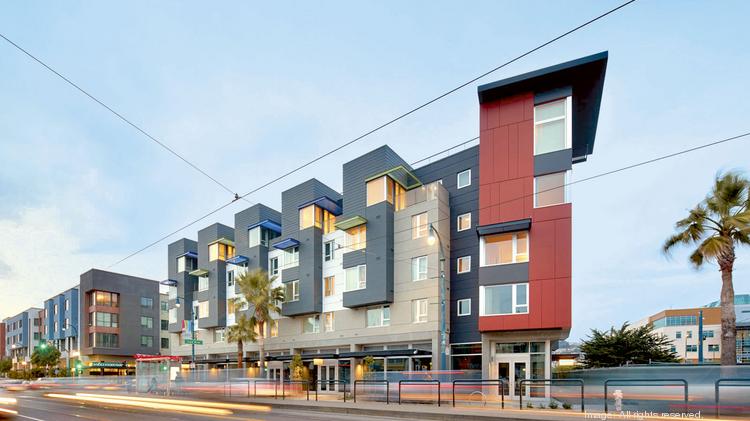San Francisco funding sources for fiscal year 2016-2017
The construction of affordable housing in San Francisco over the past decade has seen rollercoaster-like lows and highs due to funding and policy changes.
Most types of federal funding for affordable housing have steadily dwindled, said Kate Hartley, acting director of the Mayor’s Office of Housing and Community Development.
State funding has fallen off a cliff. California dissolved redevelopment agencies in 2012 – which eliminated a huge source of housing funding — and federal funding for a program that helped subsidize new projects was cut by over 50 percent since 2009.
“Our local government must fill in the gap,” Hartley wrote in an email.
Since the recession, much of the affordable housing built has been on-site inclusionary, not new 100 percent affordable construction. In 2016, inclusionary housing constituted over a third of new units. Looking forward, the city expects new construction of 100 percent affordable housing units to rise more than threefold. It anticipates 247 units in 2017, 885 in 2018 and 1,275 in 2019.
Over the past five years, San Francisco has tried to tackle the gap in a few ways. In 2012, voters passed the Housing Trust Fund, which over its 30-year life will create $1.2 billion in funding for housing subsidies. Then in 2015, voters approved a $310 million housing bond.
While taxpayers voted to pay for subsidized housing, the cost of construction started to skyrocket, meaning public dollars don’t go as far. Though each project is unique – depending largely on location, project type and amenities, such as community centers and health clinics – costs are certainly climbing, said the MOHCD.
Labor costs are also rising. The increased price of steel and other hard costs affect affordable and market-rate housing development alike, said Gail Gilman, CEO of Community Housing Partnership, a supportive housing nonprofit that works to build homes for the city’s homeless.
What rising costs do “is it makes it more challenging to put our finance packages together. We’re always trying to be as cost effective as possible.” said Gilman. “We have the same kinds of ups and downs as anyone who is doing multi-family housing construction in the city.”
When looking at two similar MOHCD projects – 1100 Ocean Ave., which began construction in September 2015, and 455 Fell St. set to start in August 2017 – the cost per square foot rose from $315 to $456.
Hartley points to projects on public land in Balboa Reservoir, Treasure Island and Sunnydale as locations with the greatest potential.
“Affordable housing – or the lack thereof – affects everyone in our city, in one way or another,” wrote Hartley in an email. “The general livability of our city is greatly enhanced when teachers, first responders, artists, restaurant workers, among others can live close to their workplaces.”


